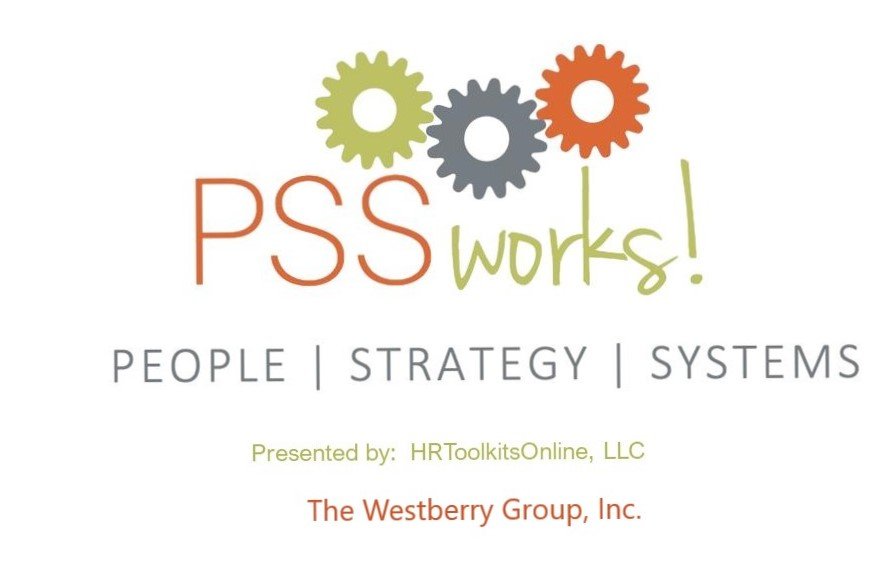Straight HR Talk-What Now -Furlough, Recall, or Layoff?
The terms “layoff” and “furlough” are both used to describe job loss where finances—not individual (or collective) employee performance —is the triggering factor.
A furlough, is typically for a shorter, fixed period of time, while a lay-off usually refers to an indefinite—often permanent—break in the employment relationship.
As a result of COVID-19 many employers were forced to place active employees on furlough for an undetermined period of time, but with restrictions being lifted employers are now faced with the difficult (and possibly risky) decision of who to recall.
The pandemic has given many employers an opportunity to re-evaluate their staffing levels and business models as well as an opportunity to reset work expectations. To do this employers must review all the factors they will use when deciding who to leave on furlough, who to recall, and who will be laid-off.
Here’s a couple of tips to help you avoid some recall pitfalls:
If you have existing recall policies, such as seniority or “first hired-last fired” as a basis for recall, make certain to apply those policies equitably across the company.
Speak with your managers to ensure everyone is using the same criteria and then scrutinize the demographics of those returning workers to ensure there is no unintentional discrimination.
Many employers look to bring back high performers before recalling lesser performers. While there is nothing illegal with this practice, you should be aware it can be perceived as a subjective decision rather than objective decision which could put your decision at risk for a complaint.
To avoid allegations of discrimination or favoritism, it is best to have documentation, such as excellent performance reviews or written customer testimonials to back-up your recall decisions.
But what happens if that recall gets put on hold or the furlough becomes a permanent lay-off?
Laying off or permanently furloughing an employee feels terrible for you, especially if you’re a small business. But remember getting laid off is always harder for your employees. Please don’t make the mistake of saying, “I’m sure this is hard for you to hear, but the decision was a lot harder for me.”
People are smart. If you handle the announcement poorly, it can result in a loss of trust in you and in your company. Ask anyone who has ever been laid off how they felt. Once they get beyond the shock, most will say they felt angry or upset at the manager who mangled delivery of the message.
Here’s a couple of pointers to help you to handle delivering this painful news.
Formalize your decision-making process and then take the time to explain it. For example, if seniority was the driving criteria, then let those who have been laid-off know.
Deliver the lay-off message individually to each affected worker. Give them time to privately absorb the shock.
Take the responsibility for the decision. If you are the department head or business owner, the decision buck stops with you.
Be empathetic and be kind, but also be to the point. There’s no easy way to deliver the layoff news so instead of trying to soft-pedal the message, get to the point.
Remember to listen. Active listening and giving your employee a time to vent is important.
Tell the employee what happens next. When will they get their final pay. What will happen to their benefits and who to contact for COBRA continuation. Take the time to describe the next steps.
End your meeting by taking responsibility one last time. Say something like, “Again, I’m really sorry. I wish the situation were different, but it’s not.” And if it appropriate and applicable feel free to add, “The decision has no reflection on you as an employee; unfortunately, we just don’t have enough work for everyone.”
In short, be consistent in your process, be accountable as a leader, and be as kind as possible. It’s important to remember that the employee you lay-off today may be the employee you can’t do without tomorrow.
In our next “Communicating During our New Normal” we’ll explore ways to reinvent your career while you expand your personal leadership style.
Remember: Leadership is not about titles or the corner office. It’s about the willingness to step up, put yourself out there, and to be courageous. The world is desperate for braver leaders. It’s time for everyone to step up.
Be Brilliant and Be Brave!

